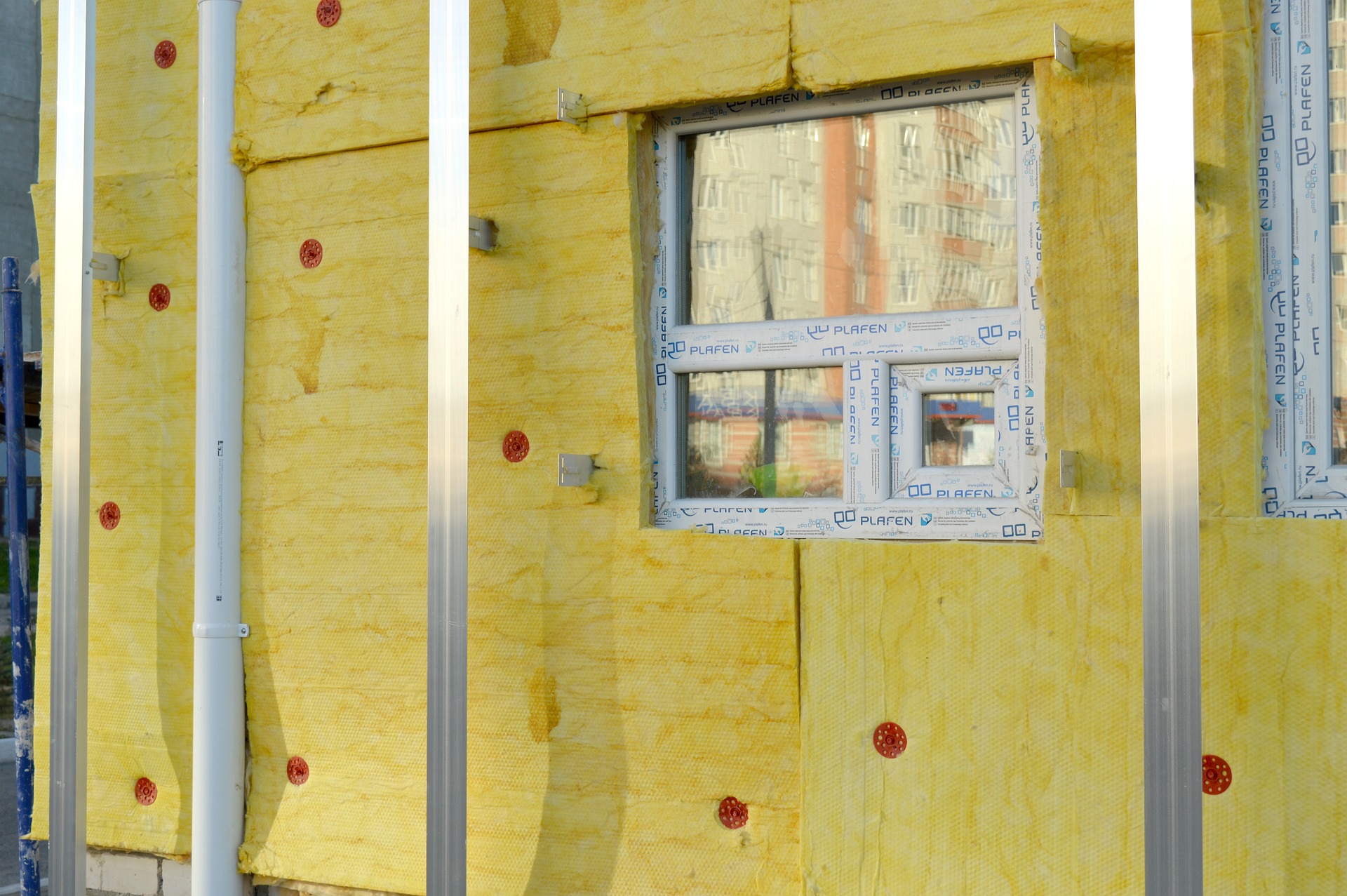Window Replacement in the USA
Window replacement is a smart way to improve insulation, reduce energy costs, and block external noise. With professional installation, you get a precise fit, durable materials, and window styles that complement your home’s appearance and long-term performance.

What types of windows are there?
When considering window replacement, homeowners have several options to choose from. Some of the most common types of windows include:
-
Double-hung windows: These feature two vertically sliding sashes, allowing for ventilation from both top and bottom.
-
Casement windows: Hinged on one side, these windows open outward like a door, providing excellent ventilation.
-
Sliding windows: These windows have one or more panels that slide horizontally, ideal for spaces with limited exterior clearance.
-
Bay and bow windows: Protruding from the exterior wall, these windows create additional interior space and offer panoramic views.
-
Picture windows: Large, fixed windows that don’t open but provide unobstructed views and allow ample natural light.
-
Awning windows: Hinged at the top, these windows open outward from the bottom, allowing for ventilation even during light rain.
Each type of window has its unique advantages, and the best choice depends on factors such as your home’s architecture, climate, and personal preferences.
Why do people usually replace windows in their homes?
There are several reasons why homeowners opt for window replacement:
-
Energy efficiency: Older windows may be drafty or poorly insulated, leading to higher energy bills. New, energy-efficient windows can significantly reduce heating and cooling costs.
-
Improved comfort: Modern windows provide better insulation, reducing drafts and maintaining a more consistent indoor temperature.
-
Enhanced aesthetics: New windows can dramatically improve the appearance of both the interior and exterior of a home.
-
Increased home value: Updated windows are an attractive feature for potential buyers and can increase a property’s resale value.
-
Noise reduction: Many new windows offer improved sound insulation, reducing outside noise.
-
Easy maintenance: Modern windows often feature tilt-in sashes or other designs that make cleaning and maintenance easier.
-
UV protection: Some new windows come with coatings that block harmful UV rays, protecting furniture and flooring from fading.
Why is it necessary to replace windows in a house?
While windows can last for many years, there are several signs that indicate it’s time for replacement:
-
Visible damage: Cracks, warping, or rotting frames can compromise the window’s functionality and energy efficiency.
-
Difficulty in operation: Windows that are hard to open, close, or lock may need replacement.
-
Condensation between panes: This indicates a seal failure in double or triple-pane windows, reducing their insulating properties.
-
Drafts: If you can feel air coming in around your windows, it’s a sign that they’re no longer sealing properly.
-
High energy bills: A noticeable increase in heating or cooling costs can be attributed to inefficient windows.
-
Outdated style: Windows that no longer match your home’s aesthetic or don’t meet current building codes may need updating.
-
Single-pane glass: If your home still has single-pane windows, replacing them with modern double or triple-pane options can significantly improve energy efficiency.
What materials are windows made of?
Window frames and sashes can be made from various materials, each with its own set of advantages:
-
Vinyl: Affordable, low-maintenance, and energy-efficient, vinyl windows are a popular choice for many homeowners.
-
Wood: Offering a classic look and excellent insulation, wood windows require more maintenance but can last for decades if properly cared for.
-
Fiberglass: Known for its strength and durability, fiberglass windows resist warping and expansion, making them ideal for extreme climates.
-
Aluminum: Lightweight and strong, aluminum windows are often used in commercial buildings but can also be found in residential applications.
-
Composite: Made from a combination of materials, composite windows offer the strength of wood with the low maintenance of vinyl.
-
Clad-wood: These windows feature a wood interior with a protective exterior cladding of vinyl or aluminum, combining the best of both materials.
The choice of material depends on factors such as budget, climate, desired appearance, and maintenance preferences.
Why are new windows energy efficient?
Modern windows offer superior energy efficiency compared to older models for several reasons:
-
Multiple panes: Double or triple-pane windows trap air or inert gases between the panes, providing better insulation.
-
Low-E coatings: These microscopic layers reflect heat while allowing light to pass through, keeping homes cooler in summer and warmer in winter.
-
Improved frame materials: Modern frame materials like vinyl and fiberglass offer better insulation than traditional materials.
-
Better weatherstripping: New windows feature improved seals that prevent air leakage around the edges.
-
Warm edge spacers: These separate the panes of glass and reduce heat transfer around the window’s edge.
-
Gas fills: Many new windows use argon or krypton gas between panes, which provides better insulation than air.
-
Tighter construction: Precise manufacturing and installation techniques result in windows that fit more snugly, reducing drafts and air leakage.
By combining these technologies, new windows can significantly reduce a home’s energy consumption, leading to lower utility bills and a more comfortable living environment.
Window replacement is a significant investment in your home’s comfort, efficiency, and value. By understanding the types of windows available, the reasons for replacement, the materials used, and the energy-efficient features of modern windows, homeowners can make informed decisions when upgrading their homes. Whether you’re looking to reduce energy costs, improve your home’s appearance, or enhance comfort, new windows can provide a wide range of benefits for years to come.




